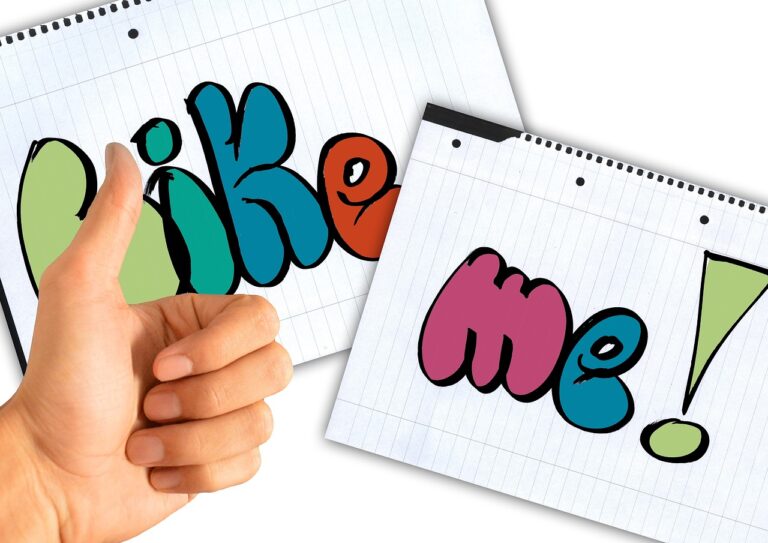Teaching Environmental Literacy Through Experiential Learning
Environmental literacy is becoming an increasingly important aspect of education as the world faces pressing environmental challenges such as climate change, biodiversity loss, and pollution. Educating students about the environment and how they can make a positive impact is crucial for building a sustainable future. Experiential learning, which emphasizes hands-on activities and real-world experiences, is a powerful tool for teaching environmental literacy. In this article, we will explore the benefits of teaching environmental literacy through experiential learning and provide practical tips for educators looking to incorporate this approach into their teaching.
The Benefits of Experiential Learning in Teaching Environmental Literacy
Experiential learning offers a number of advantages when it comes to teaching environmental literacy. By engaging students in hands-on activities, educators can help them develop a deeper understanding of environmental concepts and foster a sense of connection to the natural world. Here are some key benefits of using experiential learning to teach environmental literacy:
1. Engaging Students
Experiential learning is inherently engaging and interactive, which can help capture students’ interest and motivate them to learn about the environment. By getting students actively involved in their learning, educators can make environmental concepts more relatable and memorable.
2. Fostering Critical Thinking
Hands-on activities and real-world experiences can help students develop critical thinking skills as they explore environmental issues and consider potential solutions. By encouraging students to think creatively and problem-solve, educators can empower them to become environmental stewards.
3. Building Empathy and Understanding
Experiential learning can help students develop empathy for the natural world and cultivate a deeper understanding of the interconnectedness of all living things. By immersing students in nature and environmental issues, educators can foster a sense of responsibility and compassion for the planet.
Practical Tips for Incorporating Experiential Learning in Environmental Education
Now that we have explored the benefits of experiential learning for teaching environmental literacy, let’s discuss some practical tips for incorporating this approach into your environmental education curriculum:
1. Field Trips
Take students on field trips to local parks, nature reserves, or environmental organizations to provide real-world experiences with nature and environmental issues. Field trips can help students make connections between classroom learning and the world around them.
2. Hands-On Activities
Incorporate hands-on activities such as experiments, simulations, and outdoor projects to engage students in active learning. These activities can help reinforce environmental concepts and encourage students to explore their own interests and ideas.
3. Service Learning Projects
Encourage students to participate in service learning projects that involve taking action to address environmental challenges in their communities. Service learning can help students develop a sense of agency and make a positive impact on the environment.
FAQs
Q: What is environmental literacy?
A: Environmental literacy refers to the knowledge, skills, and attitudes that enable individuals to understand and address environmental challenges.
Q: Why is teaching environmental literacy important?
A: Teaching environmental literacy is important for empowering students to become informed, engaged citizens who can make positive contributions to environmental sustainability.
Q: How can experiential learning enhance environmental education?
A: Experiential learning can enhance environmental education by engaging students in hands-on activities, fostering critical thinking skills, and encouraging empathy and understanding for the natural world.
Overall, incorporating experiential learning into environmental education can help educators create a more engaging and effective learning experience for students, ultimately empowering them to become environmental stewards and advocates for a sustainable future.







